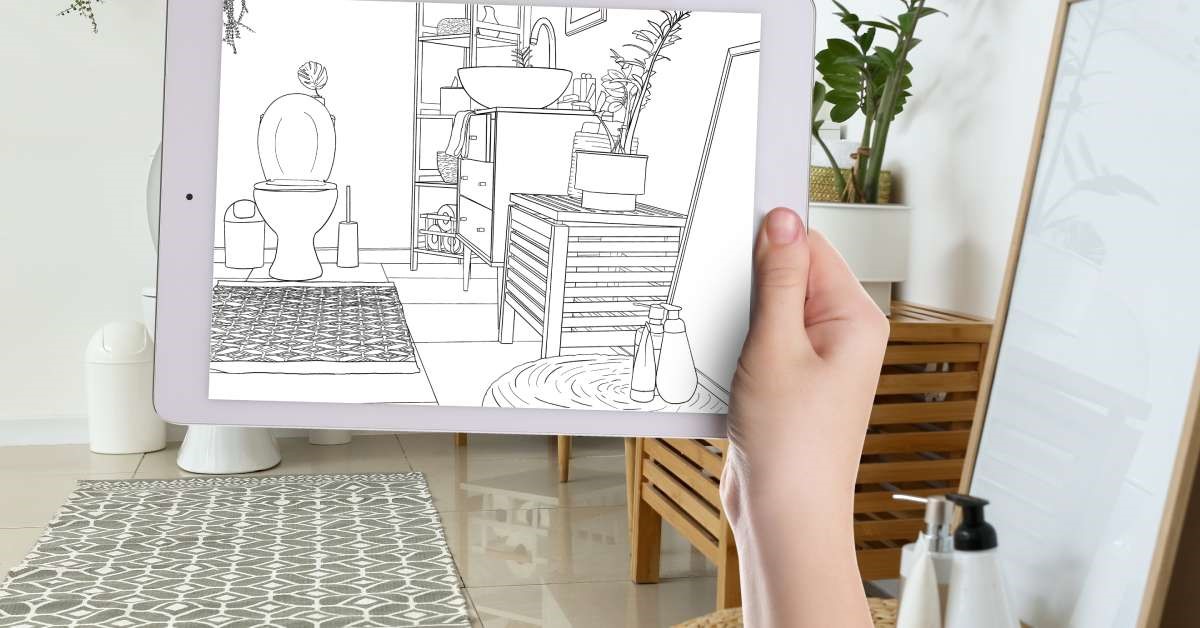
In the realm of modern interior design, creating a safe and aesthetically pleasing bathroom is a top priority for homeowners and builders alike. One of the most significant aspects of achieving this goal lies in the effectiveness of waterproofing solutions. With bathrooms being one of the most moisture-rich environments in a home, the risks of leaks, mold, and water damage are substantial. This underscores the importance of innovative waterproofing methods that can ensure a leak-proof shower that provides peace of mind and long-lasting durability.
Investing in superior waterproofing technologies not only enhances the functionality of a bathroom but also contributes to the overall value of a home. As trends in bathroom design continue to evolve, so too must the approaches to managing water exposure. By utilizing cutting-edge waterproofing techniques, homeowners can safeguard against future challenges while also reaping the benefits of stylish and functional spaces. Read on to learn more about innovations in waterproofing to ensure a leak-proof shower for your next renovation project!
Understanding Waterproofing
Waterproofing in restroom renovations serves as a crucial line of defense against the inevitable moisture prevalent in bathrooms. Its primary function is to create a barrier that prevents water from penetrating walls, floors, and other surfaces, thus protecting the structural integrity of the home. Proper waterproofing techniques not only shield against leaks but also help prevent the growth of mold and mildew, which can pose serious health risks and lead to costly repairs over time. By ensuring that every aspect of the space is appropriately treated, homeowners can effectively protect their investment while maintaining a clean and healthy environment.
In addition to safeguarding against damage, effective waterproofing also plays a significant role in enhancing the longevity and aesthetic appeal of a bathroom. A well-waterproofed restroom can endure the rigors of daily use, maintaining its visual charm and functionality for years to come. Moreover, a waterproofed space contributes to energy efficiency, as it mitigates the risks of moisture affecting insulation and heating systems. As homeowners undertake renovations, prioritizing waterproofing not only elevates the immediate enjoyment of their bathroom but also ensures lasting value and peace of mind for the future.
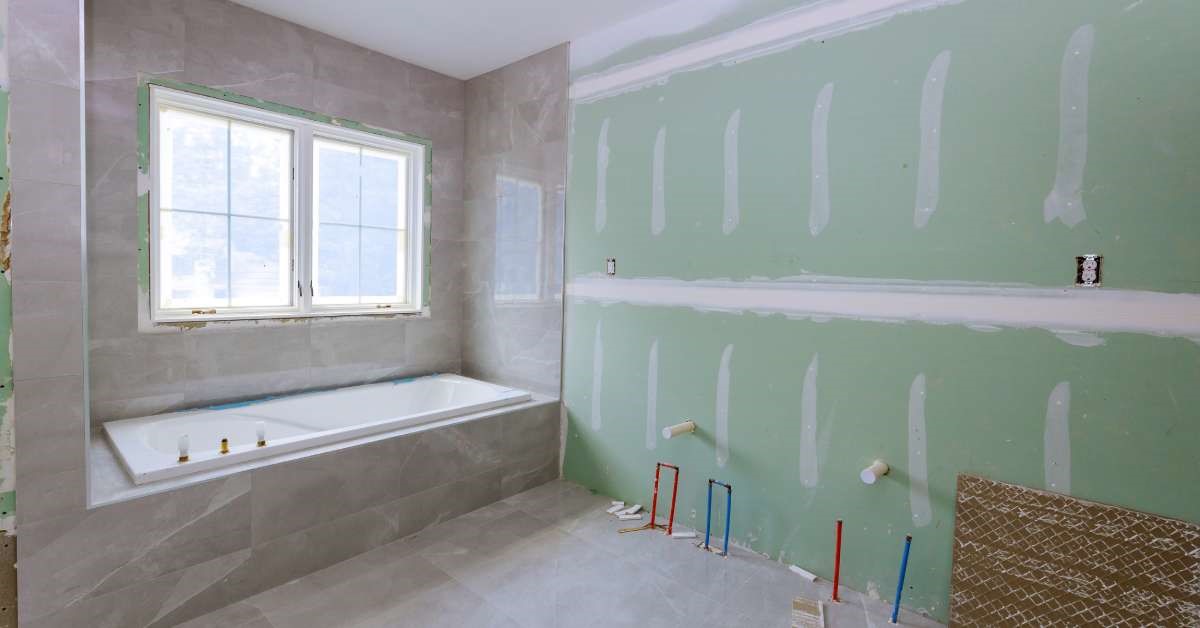
Waterproofing Innovations
As the demand for functional and stylish bathrooms grows, so does the need for advanced waterproofing technologies. Innovations in this field aim to provide stronger, more efficient barriers against moisture, ensuring that homes remain safe and durable. These new methods not only improve the effectiveness of waterproofing but also align with modern sustainable practices. By exploring these cutting-edge solutions, homeowners can achieve a leak-proof shower while also enhancing the overall appeal of their bathroom.
Waterproofing Membranes
Waterproofing membranes are a fundamental element in modern bathroom renovations, serving as a protective layer that effectively shields surfaces from water intrusion. These membranes can be classified into two main types: sheet membranes and liquid-applied membranes. Sheet membranes are typically made from materials such as polyethylene or rubber and are installed in large, continuous sheets that minimize seams and potential leak points. On the other hand, liquid-applied membranes offer versatility, as they can be painted or sprayed onto surfaces to create a seamless barrier that conforms to the intricate shapes of the area being waterproofed. Both types provide excellent resistance to water and moisture while also allowing for the natural expansion and contraction of building materials, ensuring long-lasting protection against leaks and damage in shower areas.
Sealants and Adhesives
Sealants and adhesives play a pivotal role in ensuring the effectiveness of waterproofing systems in bathrooms. These materials are designed to provide airtight and watertight seals that prevent moisture from seeping through joints, gaps, and other vulnerable areas. High-quality silicone or polyurethane sealants are commonly used due to their flexibility, allowing them to accommodate movement caused by temperature changes and settling. Additionally, modern adhesives not only bond tiles and fixtures securely but also possess waterproof properties, enhancing the overall integrity of the waterproofing system. By meticulously applying sealants and adhesives during the installation process, homeowners can significantly reduce the risk of water infiltration and extend the lifespan of their bathroom.
Robust Shower Pan Systems
Modern shower pan systems have evolved significantly to offer enhanced durability and superior waterproofing capabilities. These systems typically consist of pre-formed, sloped bases that efficiently direct water toward the drain, thereby preventing standing water and reducing the risk of leaks. Made from advanced materials such as PVC and fiberglass, they provide a lightweight yet sturdy option that can withstand daily wear and tear. Furthermore, many modern shower pans incorporate built-in antimicrobial elements to discourage mold and mildew growth, offering both functional and hygienic advantages. By selecting a robust shower pan system, homeowners can ensure a reliable foundation for their shower that contributes to the overall effectiveness of their waterproofing solutions.
Enhanced Drainage
An efficient drainage system ensures that water is swiftly and effectively channeled away from shower areas, preventing the accumulation of standing water that can compromise waterproofing measures and encourage the growth of mold and mildew. Innovations in drainage solutions, such as linear drains and trench systems, have emerged to offer streamlined designs that not only enhance the aesthetic appeal of the space but also improve functionality. These systems allow for a more even flow of water, reducing the likelihood of clogs and ensuring the shower area remains dry and safe. By incorporating advanced drainage solutions into bathroom renovations, homeowners can significantly enhance the durability of their waterproofing efforts while creating a cleaner and more hygienic environment.
Designing a Waterproof Shower
When designing a waterproof shower, it is essential to start with a well-considered layout. The shower should be designed to minimize water flow toward areas that are not waterproofed. Consider incorporating a sloped shower floor that directs water toward the drain. Additionally, the placement of the showerhead is crucial; opt for a wall-mounted or overhead showerhead that will help control the direction of water flow, reducing the risk of overspray on walls and other surfaces. Moreover, ensure that any materials used in the shower—such as tiles, grout, and fixtures—are specifically rated for wet environments. Choosing non-porous materials can help prevent moisture from being absorbed, further protecting the integrity of the space.
Another important aspect to consider is the type of door or enclosure you will use for the shower area. A well-sealed, waterproof glass enclosure can effectively contain water while enhancing the aesthetic appeal of the bathroom. Ensure that the door seals are tight and minimize any gaps to prevent leaks. Additionally, consider integrating storage solutions that are water-resistant to maintain functionality and organization within the space. Finally, always keep accessibility in mind; make sure that the entry to the shower is easy to navigate, minimizing slip hazards and promoting safety. These practical considerations will not only enhance the waterproofing of the shower but also create a visually appealing and functional area for daily use.
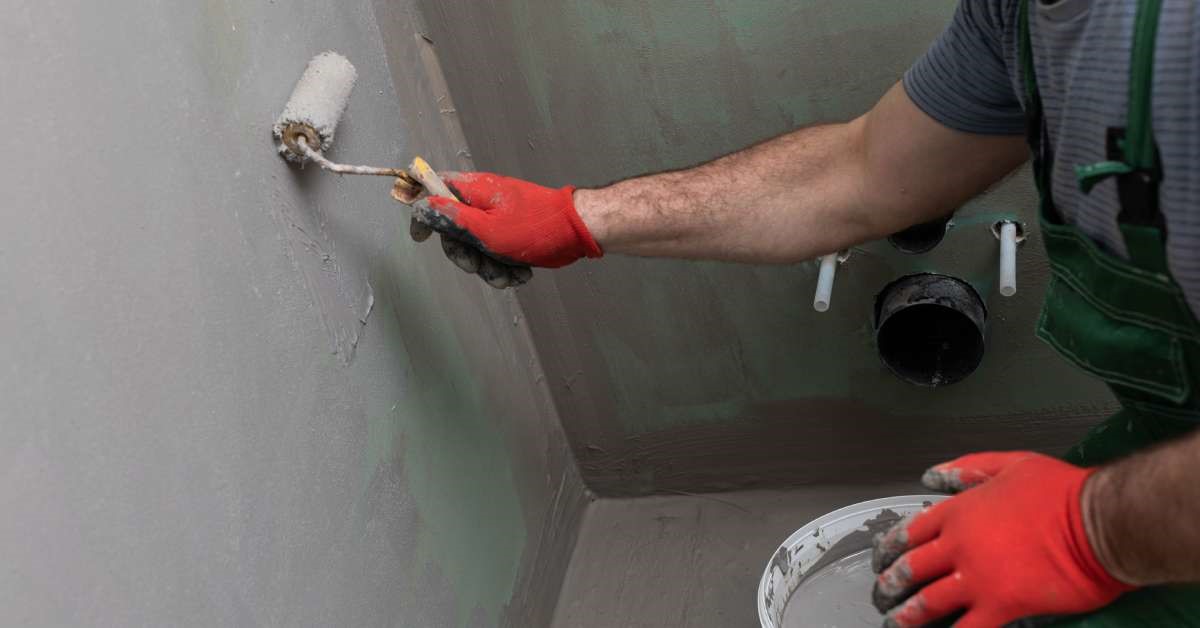
The Importance of a Professional Touch!
These innovations in waterproofing techniques and technology are vital for ensuring a leak-proof shower and restroom environment. As these techniques become even more advanced, it is best to seek the help of a professional waterproofing contractor for your bathroom renovation project. These experts have the knowledge and experience to identify potential issues and provide effective solutions that will protect your investment well into the future. Guarantee a successful handicap shower installation or related renovation projects by exploring our services at Reece Builders today!
Subscribe to Reece Builders's Blog



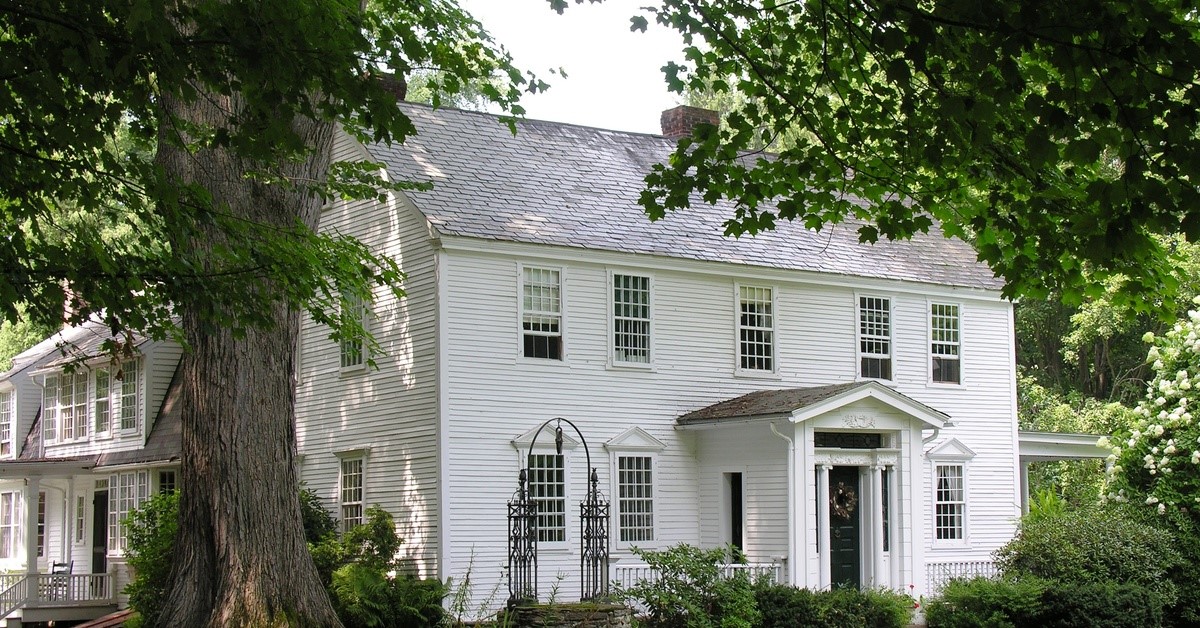

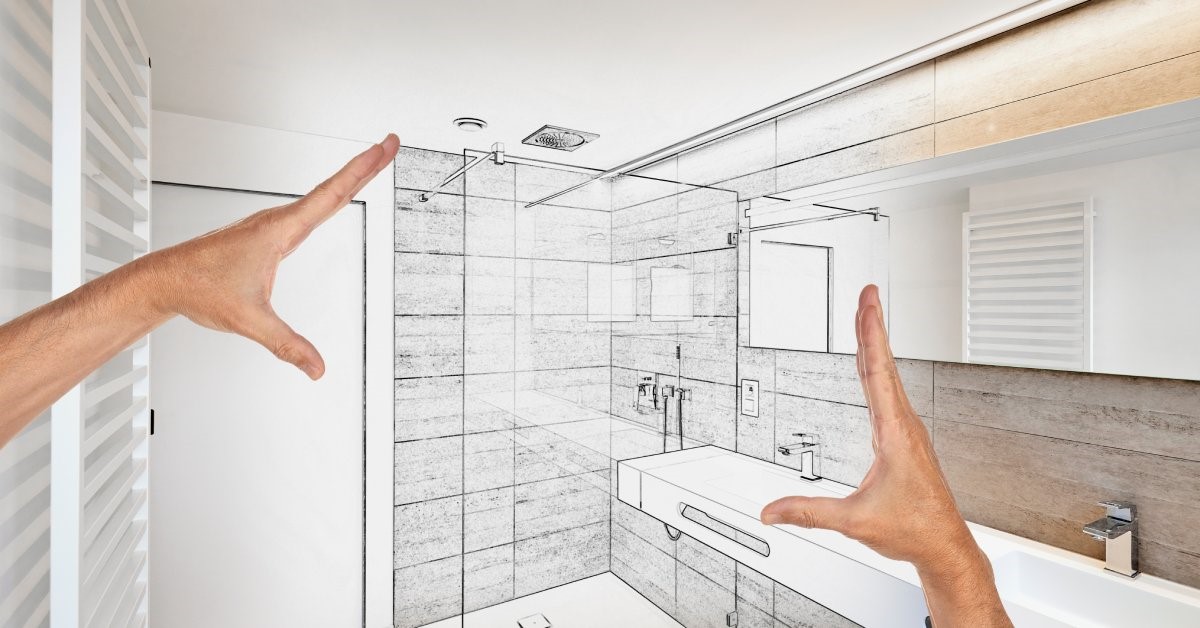
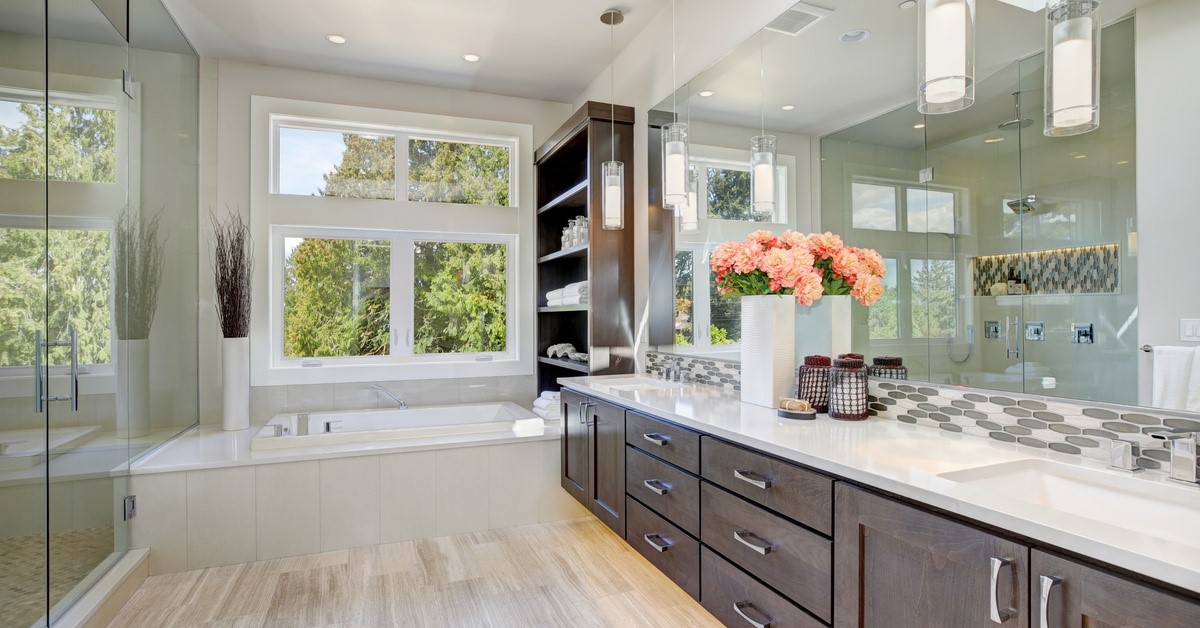
Comments